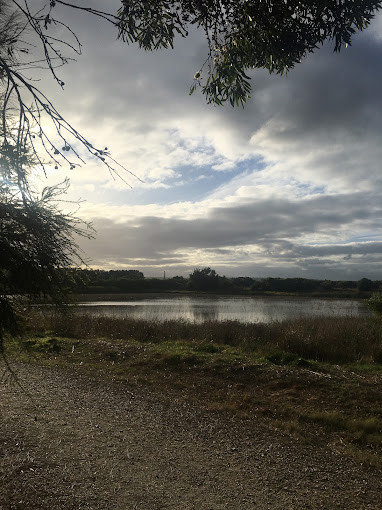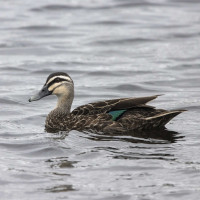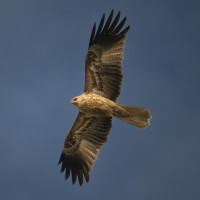Beschreibung
The Goolwa Wastewater Treatment Plant (also known as Kessell Road Ponds) is a few minutes outside of Goolwa on Kessell Road. Goolwa WTP features a series of expansive, well-maintained ponds surrounded by grassy banks and native vegetation. These habitats create a diverse ecosystem that supports a variety of bird species and other wildlife year-round.
Throughout the seasons, you can spot a range of interesting bird species. In spring, birds like the Pied Stilt and Red-kneed Dotterel return, while summer often sees large flocks of Australian Pelican and various ducks, such as the Pacific Black Duck or rarer species such as the Blue-billed Duck and Freckled Duck.
Details
Zugang
The Goolwa Wastewater Treatment Plant is located on the northern outskirts of Goolwa along Kessell Road. To access the site, follow Cadell Street and turn left onto Kessell Road. A sign for the wastewater treatment plant will indicate the way. There is small parking available just outside the ponds. While public transport options may be limited, visiting by car or bike is recommended. The wetland is best explored on foot. Press P on the map for directions to the parking spot.
A small walking trail leads to a bird hide on one of the central ponds, providing a good vantage point for birdwatching. Visitors should allow approximately half an hour to 1 hour for a visit.
Terrain und Habitat
Feuchtgebiet , Schilfflächen , Vereinzelte Bäume und BüscheBedingungen
Felsig , SumpfigRundweg
JaIst ein Spektiv nützlich?
NeinGute Beobachtungszeit
GanzjährigRoute
unbefestigte StraßeSchwierigkeitsgrad der Tour
EinfachErreichbarkeit
zu FußBeobachtungshütten oder -türme
JaLinks
- Kessell Road Ponds, Goolwa (Birds SA)
- Kessell Road Ponds (Goolwa Wastewater Treatment Plant) (eBird)


